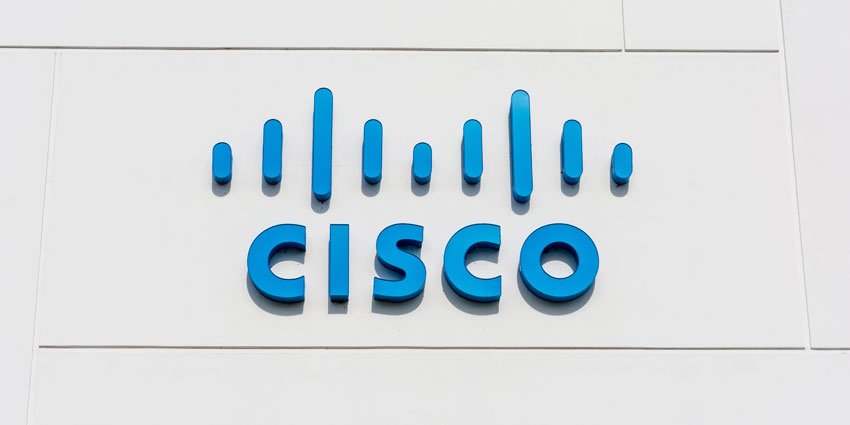Chatbots are some of the most popular tools to spawn from the development of artificial intelligence, machine learning, and automation technology. Computer programs designed to bridge the gap between humans and technology, chatbots can respond to voice, text, and even touch.
For years, chatbots were simplistic creations used to help streamline basic customer demands. A standard chatbot was essentially an interactive FAQ system, capable of responding to specific triggers with pre-set responses. As artificial intelligence has evolved, it’s transformed the ability of bots to understand customer needs.
Now, AI platforms can identify everything from spoken word to the intent behind a customer’s questions. Here’s what you need to know about AI and the evolution of bots.
The Evolution of AI Chatbots
AI is pretty common today in all parts of business operations. The right AI tool can intelligently route customers to the correct agent in a contact centre, or help agents find information. Though they might seem like modern features of the business landscape, chatbots have been around since as early as the 1960s. It’s only recently that these solutions have evolved on such an incredible level, however.
Over the years, AI and chatbots have gone through various stages of evolution. The initial chatbots in the digital landscape had no real understanding of what human beings were saying or asking. They’d simply respond to the specific words of phrases in a message or spoken question, before delivering scripted answers connected to those words.
Eventually, chatbots began adapting to perform specific tasks, such as ordering food for delivery, making restaurant reservations, and completing transactions in some people. These tools had built-in forms and algorithms that allowed them to collect all the crucial information required from customers to complete an action.
As AI evolved, and concepts like machine learning appeared, chatbots began being able to run search queries to find specific information for a more focused conversation. These chatbots could identify intent in a customer’s question and generate answers more likely to be relevant to certain questions.
The Modern Age of Chatbots
Early-stage chatbots struggled to hold long-running conversations with customers because they often read sentences and requests in a conversation separately, without making contextual connections. As bots became more able to learn and retain information, they started to evolve and create more meaningful connections with customers.
Eventually, chatbots became more able to understand the core problem customers were attempting to solve, and what kind of information they needed to find to deal with a problem. Over the years, chatbots have gradually shifted from being basic interactive encyclopaedias, spitting out knowledge in response to specific requests, to genuine companions on a digital journey.
Natural language understanding, natural language processing, and even the generation of realistic language have made chatbots more “human” for the modern age. Today’s bots can fully understand the nuances of a conversation, and even identify the needs of customers when dealing with a range of dialects, accents, and different speaking mannerisms.
What’s more, thanks to natural language processing technologies, your chatbot can understand what you say and create a response that’s matched to your kind of language. This reduces the risk for conversations between humans and machines getting lost in translation.
The Future of Chatbots
Innovations in chatbots driven by AI have been accelerating faster than ever lately. As companies continue searching for new ways to delight customers, they’re relying more heavily on the assistance of technology that can understand, analyse, and enhance conversations on all channels.
Chatbots are heading towards a global value of more than $1.3 billion by 2024, and many companies have already embraced some manner of a chatbot into their CX operations. Currently, the trends in chatbots are being driven by AI innovations like:
- Voice and natural language understanding
- Sentiment analysis and contextual understanding to reduce confusion
- Machine learning and naturally evolving bots which automatically improve over time
- Rich customer insights and predictive analytics to improve self-service and agent operations
- Text and speech-based analytics to understand the needs of customers
- Omni-channel contextual tracking to maintain conversations
Conversational bots are now the technology of the future – chatbots that can truly understand the things that customers say and respond to those utterances in a natural, human format. As innovations in conversational AI continue to grow, the things we can accomplish with chatbots will undoubtedly evolve. Finally, we’re looking forward to a future where chatbots aren’t just FAQ machines, but partners capable of understanding our needs, expectations, and intent.







